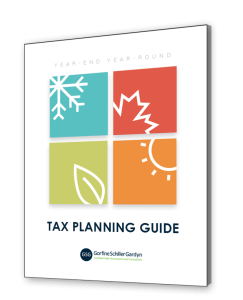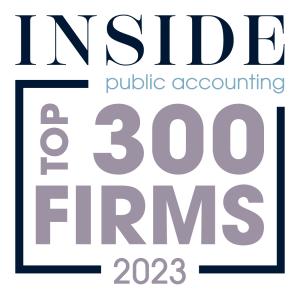John Mahaffey, Principal, Audit and Accounting, Gorfine, Schiller & Gardyn, discusses the changes manufacturers should expect with the implementation of the new lease accounting standards.
The new standards for lease accounting – ASU 2016-02 – are expected to increase the transparency and comparability among the financial statements of organizations that lease and those that purchase assets, and require the disclosure of key information about leasing arrangements.
As it stands, the current accounting standards allow lessees to classify leases into two categories, operating and capital:
- Operating – The right to use the asset or the liability to make the lease payments is not recorded, better known as off-balance-sheet financing.
- Capital – An asset and liability are recorded on the balance sheet.
Under ASU 2016-02, lessees must record all leases, which last longer than one year on the balance sheet.
All lessees will be required to disclose significant judgments and assumptions made in applying these standards, such as the discount rate used. The accounting for lessors has essentially remained unchanged as a result of this update.
Leasing can be a favorable strategy for manufacturers. Many manufacturers lease for different reasons such as obtaining financing, avoiding the risk of owning, flexibility to stay current with technology, and reducing maintenance costs.
For nonpublic entities, these standards are effective for reporting periods beginning after December 15, 2019 (calendar year beginning on January 1, 2020). For public entities, it’s one year earlier, December 15, 2018 (calendar year beginning on January 1, 2019).
The transition is applied to existing leases, so in order to prepare for these changes, companies should begin taking inventory of all leased assets and their leases. It’s important to understand the lease agreements and have them readily available.
Companies should also understand the effect these new standards will have on any current debt covenants or ratios with bank loans. The balance sheets will appear more leveraged after this change as lease liability is recorded on the books. Many creditors and analysts, especially in the public arena, have taken these changes into consideration.
Controls and procedures should be implemented relative to the new financial reporting requirements.
If you have any questions about the new standards, contact a member of our team. Accounting for leases has always been a complex area, and it will remain so as companies go through this transition.
Categories: Audit & Accounting, Manufacturing




